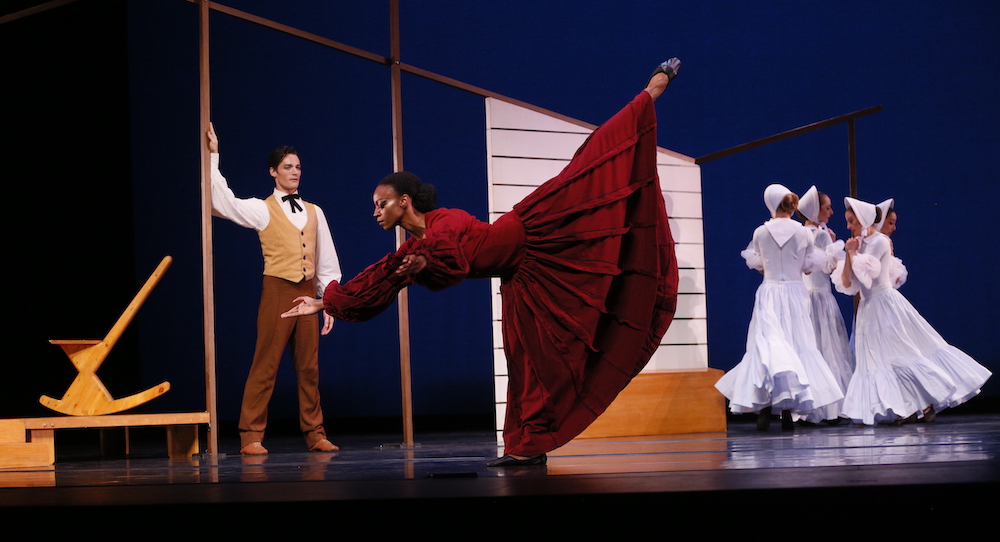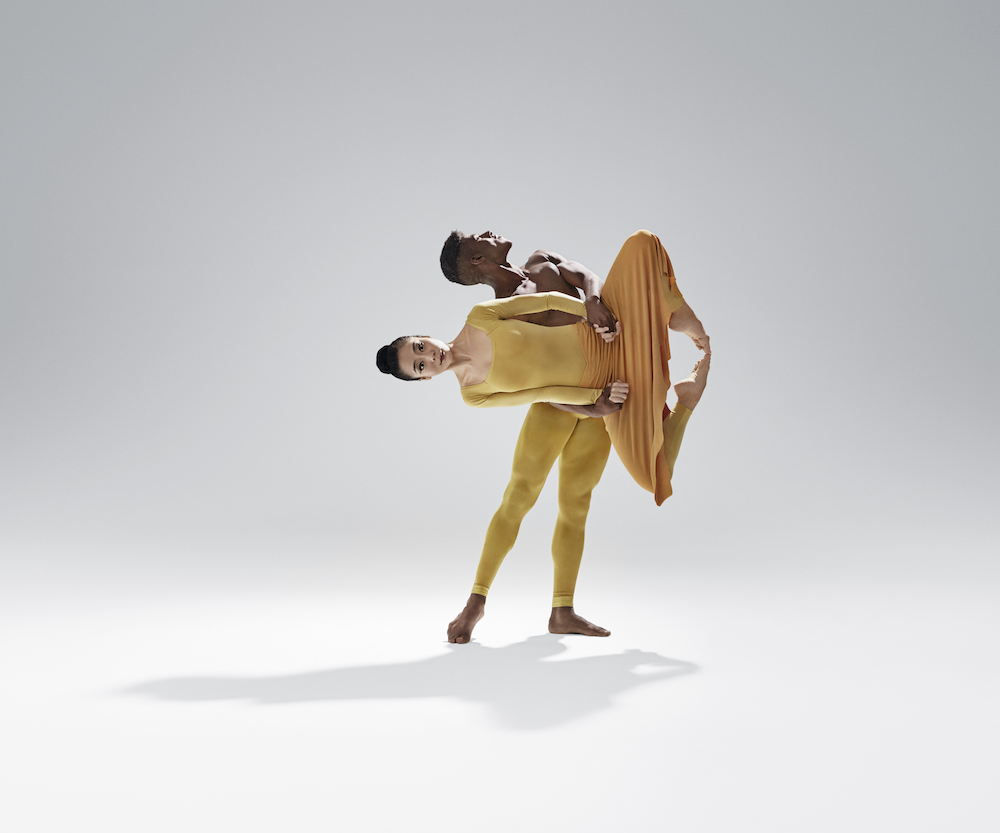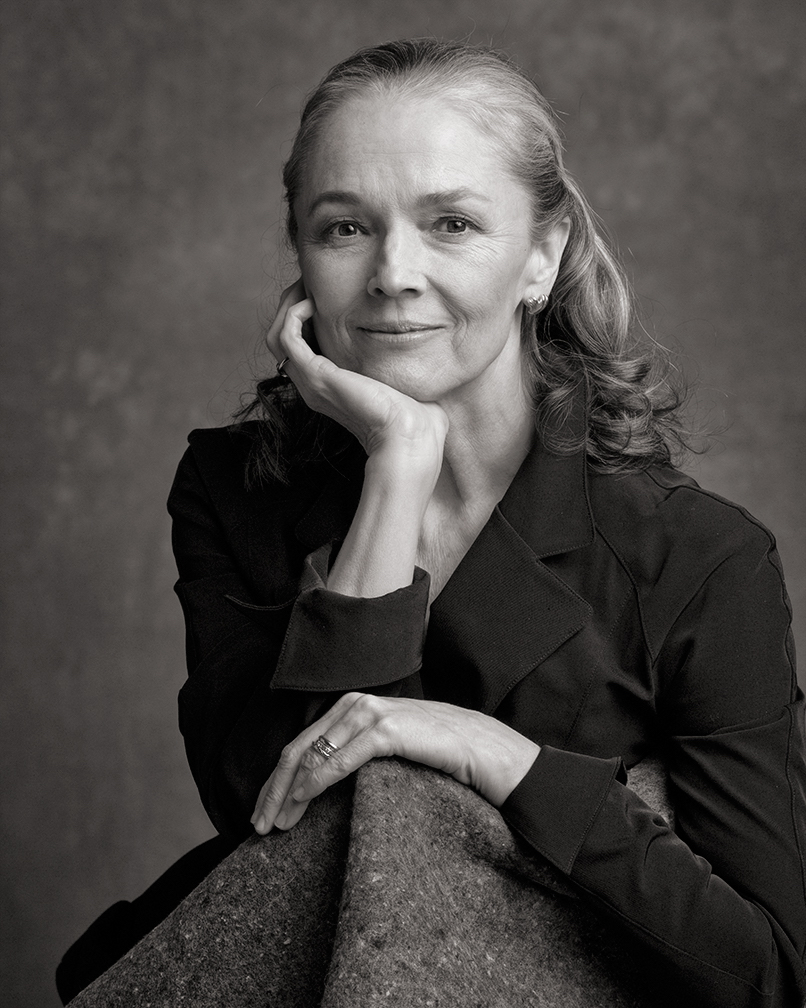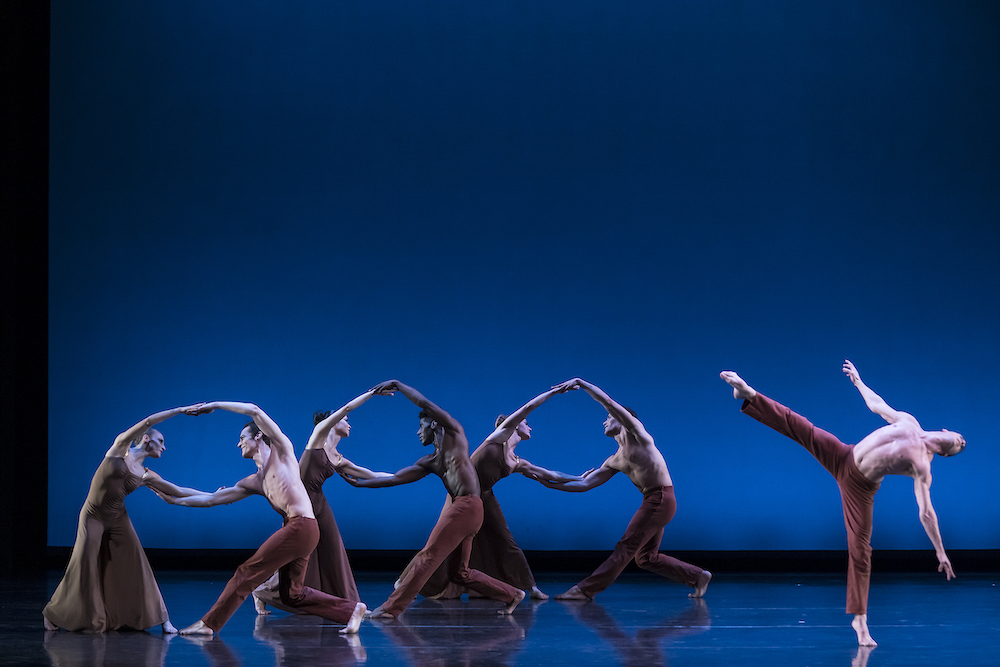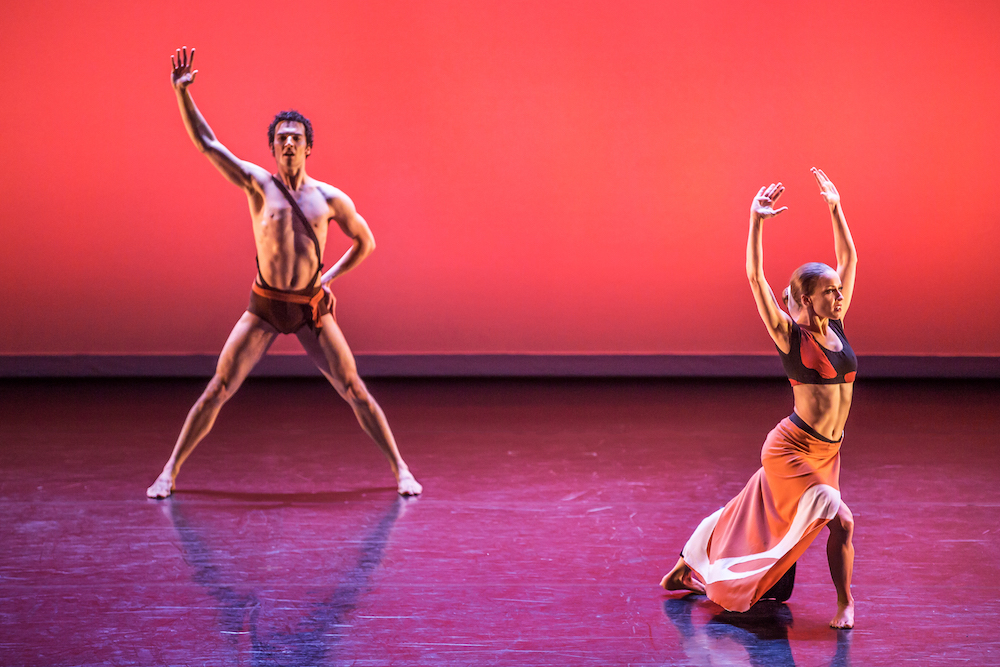Aaron Copland’s iconic score rings through the theater, and one can hear it in their head: “dance, dance, wherever you may be….” Perhaps it’s the weight of history behind a work like Appalachian Spring, perhaps its timeless artistry – somehow the atoms in the air itself seem to dance. An ephemeral magic captures the space.
Martha Graham’s dances have thus stirred the air, across the nation and across the world, for almost 100 years. Her life and works, and the company now preserving that legacy, have set the art of dance on a course from which there was no turning back.
In September 2023, the company will embark on GRAHAM100, a three-year Centennial Celebration — to honor that rich history as well as guide the work into just as vibrant a future. The company will tour internationally, performing classic Graham works as well as those from other modern dance luminaries (such as Agnes de Mille’s Rodeo).
The celebration will also present new works from exciting contemporary choreographers, including Alvin Ailey American Dance Theater’s Jamar Roberts. A distinctive theme will guide each year of the celebration: beginning with “American Legacies,” unto “Dances of the Mind” and culminating in “The Masterpieces.”
Just as prevalent in the celebration’s programming are its educational initiatives. These projects will bring Graham’s canon to classrooms, libraries and home television screens across the nation – in conjunction with partners from PBS to The Metropolitan Museum of Art to the Long Beach Opera.
Dance Informa recently spoke with Martha Graham Dance Company Artistic Director Janet Eilber. We learned more about GRAHAM100, how the company is putting the “old” and the “new” in fruitful conversation, what upcoming generations of dancers can learn from the Graham tradition, and much more.
One hundred years of a dance company – extraordinary! As Executive Director LaRue Allen has noted, that sort of staying power is particularly striking within such an ephemeral, mercurial art form. Relatedly, programming for the three-year Centennial Celebration both honors the company’s rich tradition and holds space for new creators, new ways of creating. Could you discuss how the company is thinking about that tension between tradition and innovation?
“It’s not just a celebration for the company, but for modern dance more broadly. When LaRue and I came into company leadership, we asked not only what the Martha Graham company will be, but also what modern dance will be.
Our initiative has always been to find new ways for audiences to be attracted to what we do. Among our many initiatives, we’ve found the most important thing is to nurture and present new work. The combination of our classics with new work has astonished new audiences and brought in a new generation.
We do curate this 20th century art, art that’s enormously important. At the same time, modern dance was born out of a revolt. Each generation has said ‘out with the old and in with the new.’ Nowadays, it’s changed from ‘we don’t care about the old’ to ‘the old is relevant and important – and moving.'”
Also catching my eye with GRAHAM100 is the educational programming and offerings – including collaborations with the Jerome Robbins Dance Division of the New York Public Library, a coffee table book, a documentary, and a national lesson plan for school teachers. In what ways do these efforts continue breathing life into Graham’s legacy, as well as the continued life of the company? How has all of that been part of the company’s continued work in the world?
“We had all of these ideas about GRAHAM100, so we reached out to our historic partners about them – and no one said ‘no’! All of it puts context to our core collection, Martha’s work. These projects all resonate with those works; they’re in conversation. For instance, the lesson plan includes prompts for students to create their own movement and to feel empowered – but those prompts come from Martha.
Through what we put onstage we also wish to encourage and expand conversations about equity and inclusion. We will present Rodeo with the most racially diverse cast that has ever performed it. By arranging the Copland score for Bluegrass, we bring awareness to the original roots of that music, which began in the Black community.”
The Centennial also marks the company being the oldest dance company in the U.S., and Appalachian Spring is one of Graham’s most celebrated works. Would you say there’s something uniquely American about her work and her spirit? Could you speak to that?
“Yes, Martha’s work is undeniably American. She wrote about how America is unique, in the basic concepts that built this country: freedom of religion, freedom of expression, et cetera. She believed that this country needed its own dance – that a country without its own dance is doomed. And throughout her work and life, she was such a proponent of human rights and empowerment of the individual.”
What do you think the Graham canon has to teach new generations of dancers? What value might they find from delving deep into her life and work?
“I think that it can teach the discipline of self-expression. In dance, the pendulum has swung back to narrative, expression and technique. Dance television shows [such as So You Think You Dance Dance and Dancing with the Stars] have contributed to that; the public sees the discipline that it takes and how high the bar is. It goes back to Miles Davis’ quote: ‘You have to know the rules to break them.’ Your technique releases you, liberates you.”
What else is planned for this momentous occasion?
“As another part of the Centennial Celebration, we’re offering ‘Graham Everywhere’ – through which we’ve lowered our licensing fees in hopes that schools and companies across the country will present Graham works. We also want to see more companies and schools commission their own Lamentation Variations. That involves creating a work inspired by Graham’s Lamentation — with 10 hours to rehearse, simple costumes, no props or set, set to a public domain score. There are now 15 of those variations – by choreographers from Kyle Abraham to Michelle Dorrance to Sonja Tayeh. As the saying goes, ‘If you love something, set it free.'”
GRAHAM100, the three-season 100th anniversary of Martha Graham’s work and legacy, will begin this September and continue throughout 2026. For more information, visit marthagraham.org.
By Kathryn Boland of Dance Informa.


